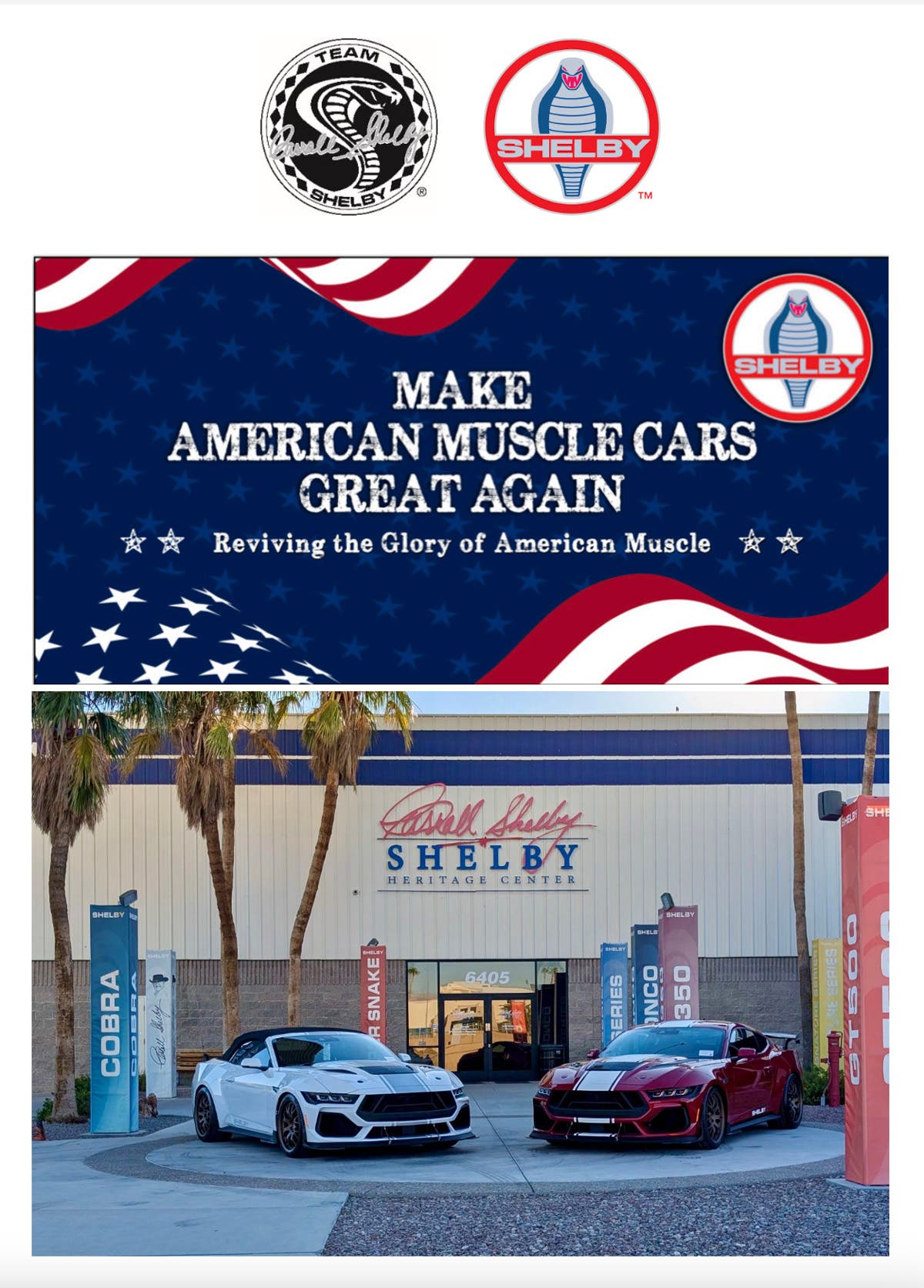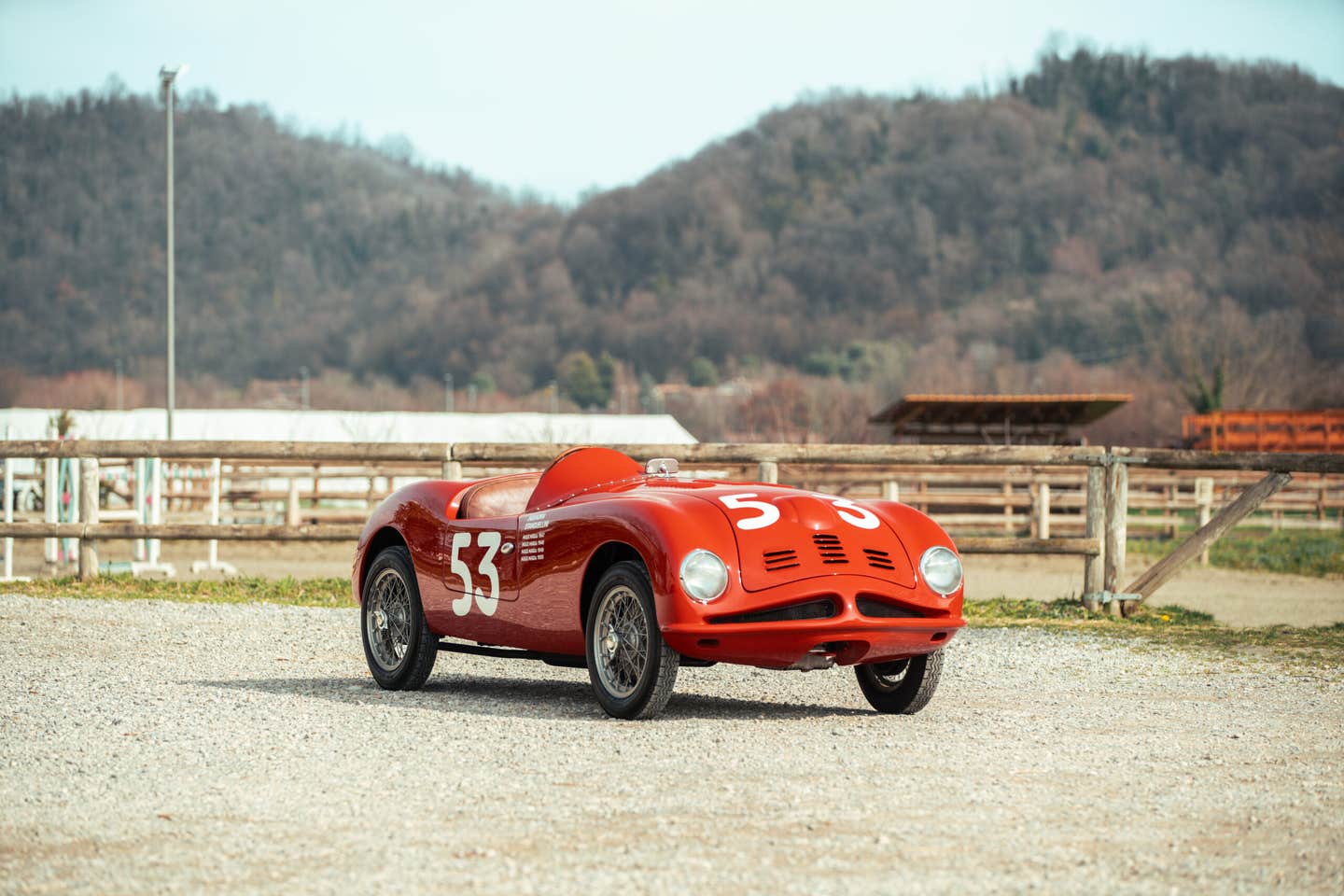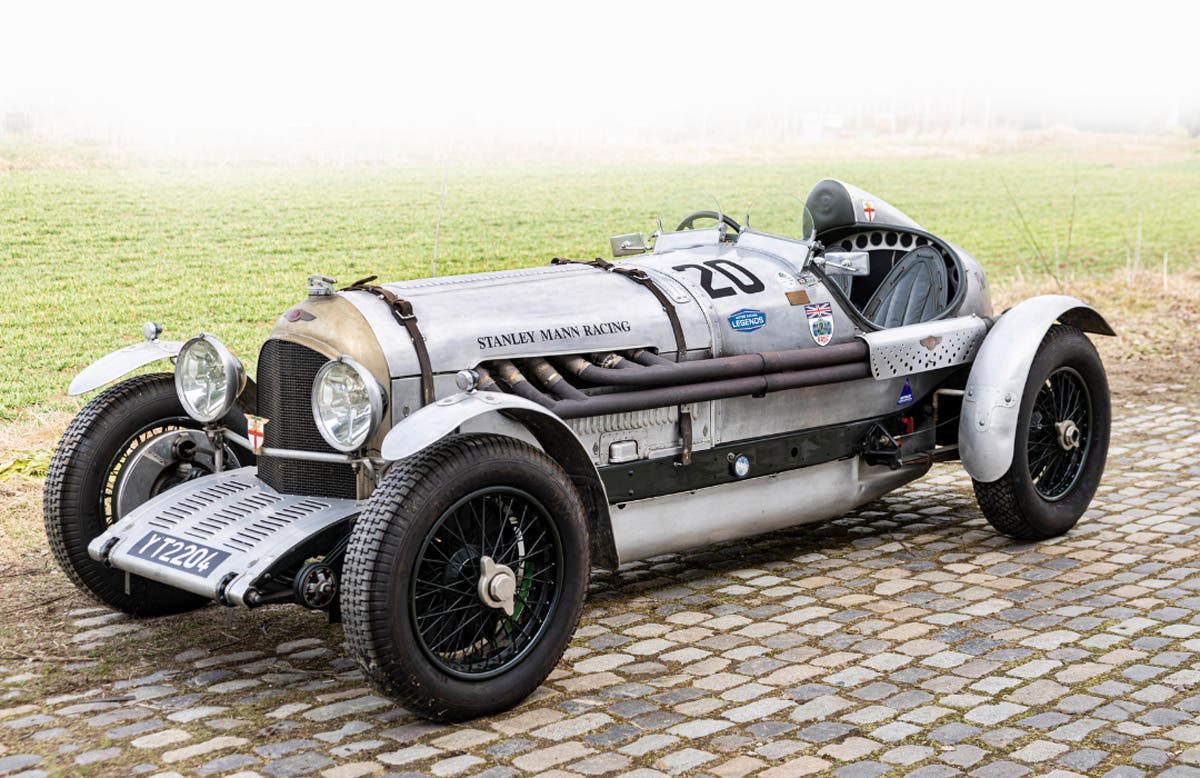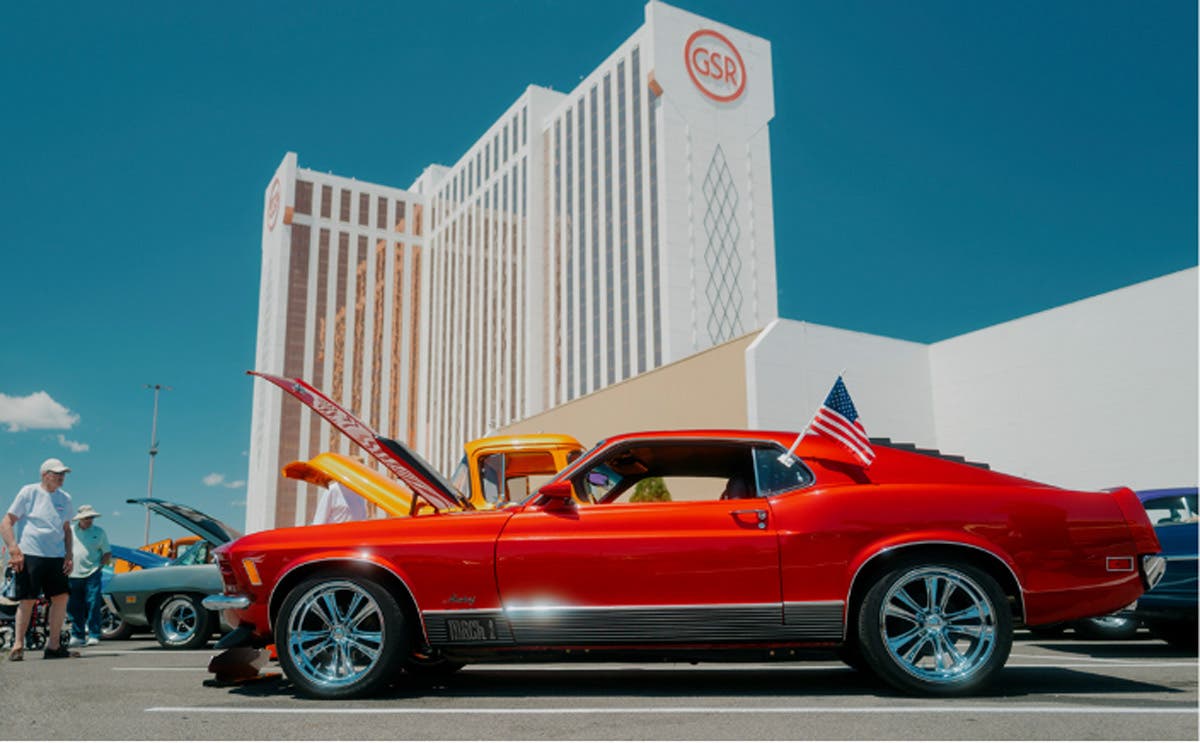Preserve the ‘digital generation’ of classic vehicles
Many modern classics built after the mid-1980s face an uncertain future, unless the industry can safeguard the technology behind these vehicles – the so-called ‘digital generation’. FIVA (the international federation…
Many modern classics built after the mid-1980s face an uncertain future, unless the industry can safeguard the technology behind these vehicles – the so-called ‘digital generation’.
FIVA (the international federation of historic vehicles) is keen to draw public attention to this very real threat, before it’s too late. Already, a number of isolated initiatives are making progress, but a sustainable solution is likely to require industry support, alongside concerted action by enthusiasts, clubs and organizations such as FIVA.
Stephan Joest, a consultant in electronic vehicle components and also president of Amicale Citroën Internationale, the network of 1,000-plus Citroën car clubs worldwide, agrees. “We currently have a clear window of opportunity when it’s still possible to preserve existing stocks of electronic components and their digital ‘source codes’,” he explains. “Otherwise, we risk finding ourselves unable to replace the ECUs (electronic control units) that – in classics from the mid-1980s onward – typically control everything from engine management to air-conditioning and safety equipment.
“Digital aging – the physical aging of electronic components – takes place whether or not the component is in use, and a startling statistic is that around 50% of 40-plus-year-old ECUs are ‘dead on arrival’, i.e. not in working order when installed freshly out of the box. The older the electronic unit, the harder it will be to find replacement units that still work,” says Joest, stressing that this is not a problem specific to any particular marque, but one that’s endemic across the industry.
Bosch is one organization that has recognized the impending threat to younger historic cars and is working towards a solution. “To keep upcoming generations of classic cars running will be more challenging than in the past,” confirms Dipl.-Ing. Fritz Cirener, head of Automotive Tradition at Robert Bosch GmbH. “Together with the manufacturers, we are working on this topic. There’s a long way to go but it will be worth it, if we want to preserve the technology for the younger and future user generations.”
Stephan Joest points out that the challenge is only going to get bigger. “The premium cars of today have some 60-100 separate ECUs, controlling every aspect of the car – and the complexity of the software is increasing every year. While the immediate need is to protect the longevity of vehicles from the 1980s to the end of the millennium, we also need to ensure that there is a future for today’s vehicles, 30 years from now. Currently, we are not sufficiently prepared.
“We need to act now to safeguard the technical heritage of the ‘digital generation’ of vehicles, and ensure that classic automobiles of the future don’t have to be simply static objects in showrooms, but can remain as lively cultural assets,” concludes Joest.
FIVA will be suggesting that this important topic is added to the agenda of the 2016 FIVA Heritage Forum at Chantilly, in early September, where the heads of the major motor manufacturer heritage departments meet to discuss common challenges and opportunities.
FIVA (Fédération Internationale des Véhicules Anciens) is dedicated to the protection, promotion and preservation of world motoring heritage. FIVA is present in 64 countries and represents the interests of over 1,500,000 historic vehicle owners worldwide.In 2016, FIVA received the patronage of UNESCO for its World Motoring Heritage Year in celebration of the 50th anniversary of the founding of the organization in 1966. For more information visit: fiva.org








